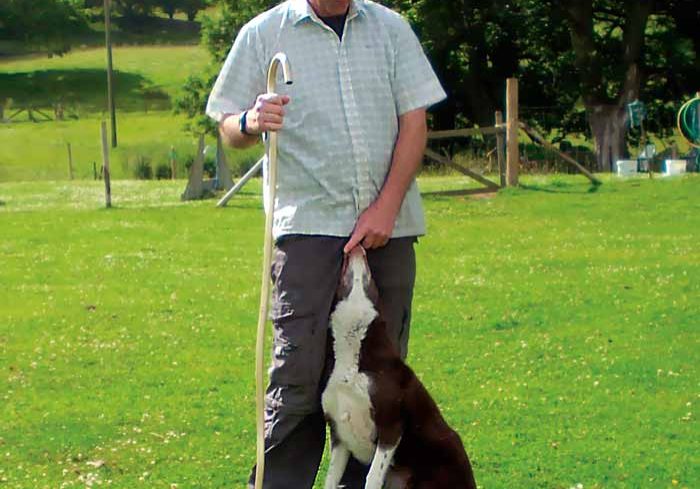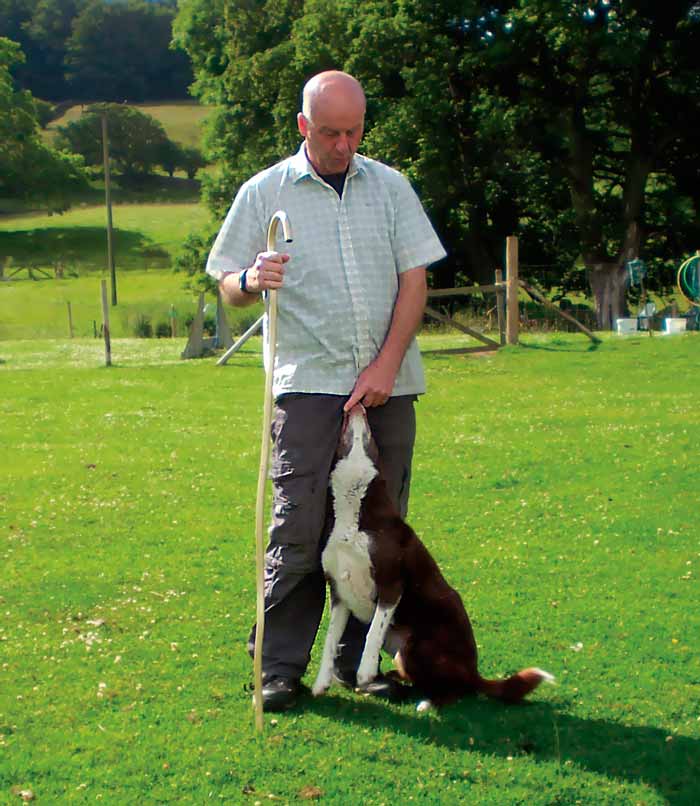
There is a massive debate in the dog training world about electronic dog collars
by Northern Life
There is a massive debate in the dog training world about electronic collars, with one side saying that using them saves dogs’ lives and makes some training much easier.
The other saying they are just not required and have no use in a humane training programme. My experience of these devices has been nearly always negative.
My own border collie, who I adopted when she was seven, was a prime example of a failed attempt to use an E-collar. She was killing poultry/attacking lambs and just running away when she was loose. This was AFTER the E-collar training. She had been totally ruined and was a nervous wreck.
I believed she just needed to be taught what she should be doing rather than constantly being punished for things she was doing out of frustration.
After six months of patient traditional common sense training, she understood what I wanted and started to do it and has been my inspiration when trying to help many dogs over the years.
This dog definitely does now want to do the right thing and is so affectionate.

So when I actually get an email from an owner wanting me to help them train a dog using an E-collar I was not interested.
I actually just ignored their initial email, thinking they would just find someone else. When they phoned, I explained that it is something I do not use and never have used, so perhaps they need to try elsewhere.
However, when I heard their story I agreed to help. My only stipulation was any setting of the collar had to be set by putting it on their own arm first and never altered unless retrying.
This dog was a failed working cocker with many behavioural problems. But the thing that would hamper training the most would be the fact it was stone deaf.
I must say I rarely meet such nice people who are so realistic about the amount of work in front of them yet totally focused and determined.
They came over to the farm, I assessed the dog, and we made a plan which was firstly to teach the dog commands by sign language, which I do with all my dogs anyway.
We kept a long rope on to get the dog’s attention. He soon realised that a tug on it meant something good. As he learnt the hand signals for sit/down/stand/stay/recall, these were linked to any of the reward motivators.
The early training was surprisingly simple; the next stage was to actually use the E-collar.
The reason for its use was simple, if the dog was to enjoy a life off-lead, then we needed some way of getting the dog’s attention. In effect, the stimulation of the collar would just substitute the tug of the long line.
The plan was to keep the dog on first a short line, stimulate the collar then immediately reward so he knew it meant some high value food and would immediately look to the handler.
We then used a longer line and repeated, gradually going back to the hand signals whenever he looked.
The next stage would be offlead in an enclosed paddock. It absolutely worked a treat. I am also convinced that given a skilful handler he could have been trained to work.
Although because of his early experiences and lack of socialisation he may never be fully balanced, he has made remarkable progress.
Without the couple being so determined, and perhaps my guidance and definitely the use of the collar, the dog’s life would have been poorer.
This dog had taught me something new about keeping an open mind, and the couple have my honest admiration for what they have achieved. The use of an E-Collar is not an excuse for poor training and leadership principles and should be only used by professionals.
But in this case really did help the dog and owners have a better life.




